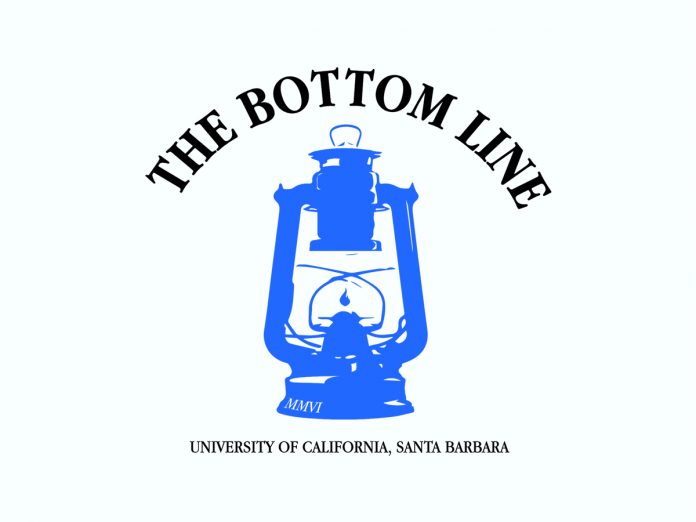Carmiya Baskin
Staff Writer
Each quarter, college students face the daunting task of choosing their classes. Whether they are searching for courses to fill general education requirements or major prerequisites, how do students decide which classes to take?
First launched in May 1999, RateMyProfessors.com (RMP) seems to be the answer for many. The site is used by more than four million college students every month, and has gained popularity since its initial launch by software engineer John Swapceinski.
The site, built for and by college students, is also available as an app on iOS and Android devices. Both the app and the website provide the same information and process for searching for professors and universities. Users simply type in the name of a college or a professor and are presented with information such as the overall quality of the professor’s teaching, the level of difficulty, and the chances of students taking a course from the professor again.
A professor’s page generally displays student comments for specific classes the professor has taught. Included are also details on whether a textbook was used, whether attendance was mandatory, and what grade the commenter received.
Jordan Yutan, a fourth year global studies and sociology double major, said that she heard about RMP through her orientation leaders. In an interview with The Bottom Line, Yutan said, “I actually ended up going to the site while I picked out what classes I wanted my first quarter at UCSB. I’ve used the site as a reference ever since.”
Tommy Vo, a third year political science major, told The Bottom Line that he first learned about RMP from other students during his freshman year in the dorms and now he always uses the site to research professors before signing up for classes.
When asked about its effectiveness as a tool for picking out classes and professors, Vo said, “It definitely plays a factor in whether or not I choose a course on GOLD. Even in classes related to my major, I prefer to take classes in which the professor has a decent rating.”
Yutan agreed saying that, while the ratings are generally accurate, “RMP should always be taken with a grain of salt. She continued. “I’d never use it as a deciding factor for whether or not I’ll stay in a class. However, it will always have bearing.”
Both interviewees agreed that the site remains the most popular and helpful resource of its kind, especially due to a scarcity of alternatives. According to the RateMyProfessors website, RMP is “the largest online destination for professor ratings.” With over 1.7 million professors, 7,500 schools, and 19 million ratings, this is the highest trafficked site for researching and rating professors.
Speaking on potential alternatives, Yutan said, “I also go out and ask other people if they’ve heard of or recommend a certain professor for a specific class.” Likewise, Vo added, “Besides talking to friends who have taken a course with a certain professor, there aren’t many resources we have to see how a professor might teach.”
“I would love to see more options in being able to evaluate a professor before we take a class,” said Vo.
Furthermore, each year, RateMyProfessors.com compiles lists of the Highest Rated Professors and Top Schools in the United States based on student ratings. Vo affirmed that RMP is a very useful resource as professors are “one of the most important aspects of our education.” He said, “We should know more about their teaching before we commit to these courses.”
Overall, RMP’s effectiveness as a student resource seems to depend on judicious use. While the site’s ratings may be of mixed credibility, student comments will contain personal, often impassioned testimonials from fellow students — making it just what many Gauchos are looking for.












I think this is good for all student, all student have must read this.
thanks for helpfull indormation
Comments are closed.